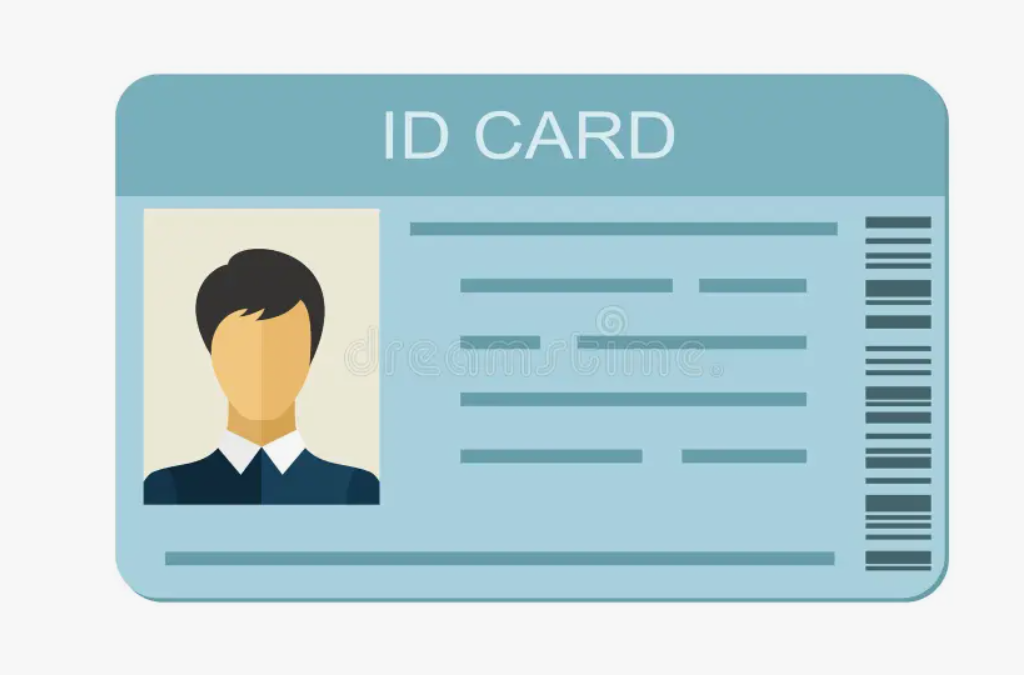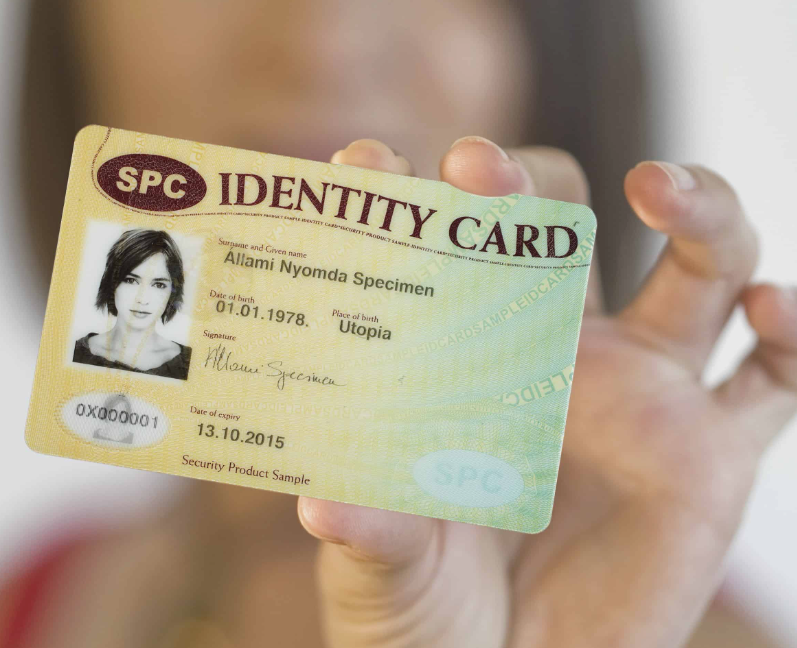
This article aims to provide examples and detailed explanations on how to generate Ireland PPS number. PPS numbers are unique identification numbers that hold significant importance in Ireland, as they are used for tax and social welfare purposes. Understanding the process of generating these numbers is essential for individuals residing in Ireland.
A PPS number consists of a specific format and structure, with each digit carrying a particular meaning. By decoding these numbers, one can gain insights into the county of registration and the birth date of individuals. The regional codes within PPS numbers indicate the county of registration, while the birth date codes represent the date of birth.
Generating valid PPS numbers involves a step-by-step process that follows a specific algorithm and requires certain inputs. It is crucial to understand this process to ensure accuracy and validity. By following the correct steps, individuals can generate PPS numbers that comply with the regulations and requirements set by the Irish authorities.
What is a PPS Number?

A PPS number, or Personal Public Service Number, serves as a distinctive identification code in Ireland, utilized for tax and social welfare applications. It holds a pivotal role in enabling access to diverse government-provided public services and benefits. The assignment of PPS numbers to individuals is carried out by the Department of Employment Affairs and Social Protection, and the process can be further facilitated using a PBS generator tool.
The main purpose of a PPS number is to ensure accurate identification and efficient administration of services. It acts as a key identifier for individuals when interacting with government agencies, such as the Revenue Commissioners and the Department of Social Protection. By using the PPS number, individuals can access services like social welfare payments, healthcare benefits, and employment-related entitlements.
The significance of a PPS number lies in its ability to streamline processes and ensure that individuals receive the appropriate benefits and services they are entitled to. It helps in maintaining accurate records, preventing fraud, and ensuring that resources are allocated efficiently. The PPS number is a vital component of Ireland’s social welfare and taxation systems, enabling the government to provide essential support to its citizens.
Overall, understanding the purpose and significance of a PPS number is essential for individuals living in Ireland. It is a valuable identification tool that grants access to a wide range of public services and benefits, ultimately contributing to the well-being and welfare of the Irish population.
Format of PPS Numbers
The format of PPS numbers in Ireland follows a specific structure that provides valuable information about each individual. A PPS number consists of seven digits followed by a letter at the end. Let’s break down the format and understand the meaning behind each digit:
| Digit | Meaning |
|---|---|
| 1-2 | Regional Code: These two digits represent the county of registration for the individual. Each county in Ireland has a unique code assigned to it. |
| 3-4 | Birth Date Code: These two digits indicate the year of birth for the individual. For example, if the code is “95,” it means the person was born in 1995. |
| 5-6 | Birth Date Code: These two digits represent the month of birth for the individual. For instance, “08” signifies the person was born in August. |
| 7 | Gender Code: The last digit of the PPS number is used to determine the gender of the individual. Odd numbers indicate males, while even numbers represent females. |
It’s important to note that PPS numbers are generated using a specific algorithm that ensures uniqueness and complies with the regulations set by the Irish government. The algorithm takes into account various factors, such as the individual’s date of birth and county of registration, to generate a valid PPS number.
Understanding the structure and format of PPS numbers is essential for various administrative purposes, including taxation, social welfare benefits, and identity verification. These unique identification numbers play a crucial role in accessing public services and ensuring accurate record-keeping in Ireland.
Regional Codes
Regional codes play a significant role in PPS numbers as they indicate the county of registration for individuals. These codes provide valuable information about the geographical location of the person associated with the PPS number. Understanding regional codes can help in identifying the origin of an individual and their connection to a specific county in Ireland.
The regional codes in PPS numbers consist of the first two digits after the initial letter. Each county in Ireland is assigned a unique code that represents its location. For example, Dublin is assigned the code “01,” Cork is assigned “02,” and so on. These codes are used for administrative purposes and help in organizing and categorizing individuals based on their county of residence.
Here is a table that lists some of the regional codes and their corresponding counties:
| Regional Code | County |
|---|---|
| 01 | Dublin |
| 02 | Cork |
| 03 | Galway |
| 04 | Mayo |
| 05 | Donegal |
It’s important to note that these regional codes are not random but have a specific assignment based on the county’s location. They provide a quick reference for identifying the county associated with a PPS number and are used in various administrative processes, such as taxation and social welfare.
In summary, regional codes are an integral part of PPS numbers and indicate the county of registration for individuals. They help in organizing and categorizing individuals based on their geographical location in Ireland. Understanding these codes can provide valuable insights into an individual’s origin and connection to a specific county.
Birth Date Codes

Birth date codes play a significant role in PPS numbers as they represent the date of birth of individuals. These codes are a combination of numbers and letters that provide valuable information about an individual’s birthdate. Let’s delve deeper into how birth date codes are structured and what they signify.
In a PPS number, the birth date codes are typically located in the middle section. They consist of six characters, including numbers and letters. The first two characters represent the day of birth, the next two characters represent the month of birth, and the last two characters represent the year of birth.
For example, if we consider the birth date code “250399,” it indicates that the individual was born on the 25th of March 1999. Similarly, a birth date code like “071288” signifies a birthdate of the 7th of December 1988. These codes provide a concise and standardized way of representing birthdates within PPS numbers.
It’s important to note that the format and sequence of birth date codes may vary depending on the country’s regulations and conventions. Therefore, it’s crucial to understand the specific rules and patterns associated with PPS numbers in Ireland to accurately interpret birth date codes.
Overall, birth date codes in PPS numbers serve as a crucial component in identifying and verifying an individual’s date of birth. They provide a standardized format that allows for efficient data processing and analysis. By understanding the structure and significance of birth date codes, individuals and organizations can utilize PPS numbers effectively for various administrative and legal purposes.
How to Generate PPS Numbers
How to Generate PPS Numbers
Generating valid PPS numbers requires following a specific step-by-step process. The algorithm used to generate these numbers ensures their uniqueness and compliance with the format requirements. To generate a PPS number, you need to provide certain inputs that contribute to the creation of a valid identification number.
Step 1: Regional Code
First, you need to determine the regional code for the county of registration. This code is an essential part of the PPS number and indicates the specific location within Ireland.
Step 2: Birth Date Code
The next step involves determining the birth date code, which represents the date of birth of the individual. This code is an important component of the PPS number and plays a role in identifying the person.
Step 3: Random Digits
After obtaining the regional and birth date codes, the algorithm generates a series of random digits to complete the PPS number. These digits contribute to the uniqueness of the identification number and enhance its security.
Step 4: Validation Check
Once the PPS number is generated, a validation check is performed to ensure its validity. This check verifies the accuracy of the digits and confirms that the number adheres to the required format and rules.
By following these steps and providing the necessary inputs, you can generate a valid PPS number. It is important to note that the algorithm used in the generation process ensures the uniqueness and integrity of the identification numbers.

